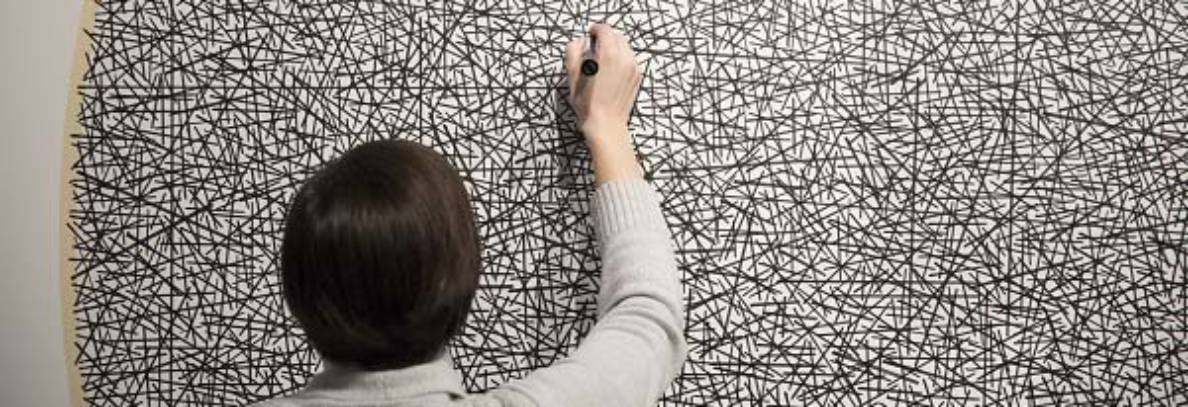MONDAY: Complete Conceptual Portrait Critique
Finish blog posts by next week!
WEDNESDAY: Artist Buttons Lecture and Assignment:
ASSIGNMENT: Make your own ARTIST BUTTONS*
Since the 1950’s artists have been making inexpensive, accessible works in a series/edition intended for wider distribution than singular objects in museums. These have served to critique commercial/market aspects of the art world, and the myth of an expensive “original”. Artist multiples have been made as prints, small manufactured sculptures, pins, artist books, magazines, postcards, t-shirts, zines and other commercially reproducible media. They are sometimes given away for free, traded or sold for low cost in bookstores, independent art galleries, libraries, convenience stores, activists’ gatherings, and more.
Artist multiples are sometimes playful and mischievous – exploring new and surprising manifestations of commercial media – and often convey ideas and meaning against expected commercial, social, and political goals.
Develop some ideas for unique, artist buttons and post your thoughts and drawings/designs on the blog.
Consider how artists use conceptual strategies to make buttons into art including:
- a button series that features an unexpected collection
- a button that acknowledges its own button-ness/materiality, is self-conscious and knows it’s a button
- buttons that work together to create a final work
- a button that creates social interaction
- a button that gives instructions/provokes
- a button that reveals things usually hidden
- a button or series that completes a sculpture
- a button that speaks to the body directly, that knows it’s on a body
- a button that creates a performance act by wearing it
In class we will learn to use the button maker together with the appropriate materials. Create a single design, or a series of buttons.
Consider fonts, design, colours, images to make a professional quality artist multiple. You may make up to 15-20 buttons for your final project, plus a few tests.
*See schedule for work time and critique dates.



